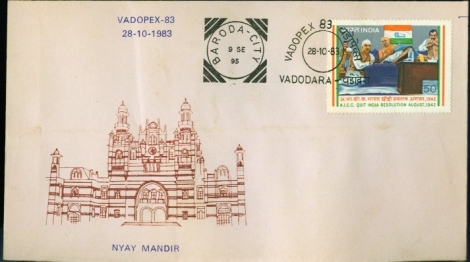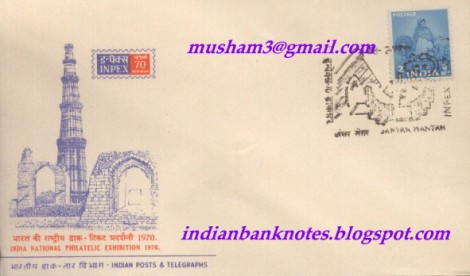NEHRU GANDHI at congress session
Gandhi first employed non-violent civil disobedience while an expatriate lawyer in South Africa, during the resident Indian community’s struggle for civil rights. After his return to India in 1915, he organized protests by peasants, farmers, and urban labourers concerning excessive land-tax and discrimination. After assuming leadership of the Indian National Congress in 1921, Gandhi led nationwide campaigns to ease poverty, expand women’s rights, build religious and ethnic amity, end untouchability, and increase economic self-reliance. Above all, he aimed to achieve Swaraj or the independence of India from foreign domination. Gandhi famously led his followers in the Non-cooperation movement that protested the British-imposed salt tax with the 400 km (249 mi) Dandi Salt March in 1930. Later he campaigned for the British to Quit India. Gandhi spent a number of years in jail in both South Africa and India.
As a practitioner of ahimsa, he swore to speak the truth and advocated that others do the same. Gandhi lived modestly in a self-sufficient residential community and wore the traditional Indian dhoti and shawl, woven with yarn he had hand spun on a charkha. He ate simple vegetarian food, and also undertook long fasts as a means of both self-purification and social protest.

Nehru gandhi
Tags: adarsh, alexander, ananda bhaskar rapolu, ancient coins, Ancient Science, ancientcoins, ancientscience, ANDHRA, Astronomy, Banking, banknotes, banknotescollector, BANKOFBENGAL, bengal, bengalbanknotes, bhuddism in india, bible, bombay, britishindiabanknotes, bsramulu, buddha, buddhistscience, coincollector, coins, Coins of BHUDDHA, coinscollector, Currency notes, eastindiabanknotes, echo sound, Epigraphy, farmans, Forts, geography, gods, history, HISTORY OF BANKING, historyofhandloom, Hyderabad.BHUDDHISM, India, indian banknotes, indianbanknotes, indianbanknotes.vox.com, islamicscience, kingsalaryreciepts, Mathematics, Metallurgy, moghul, monuments, musham, mythology, news, numis phil india, Numismatics, numisphilindia, Philately, Playing Cards. Stamps. Coins, postalhistory, Pyretic, republicindia, Rulers, satavahana, Science, Sciences, sculptures, SOUTH INDIA, speedoflight, stampboy, stamps, sultanate, sultanatecoins, Telugu cinema, telugunews, teluguscience, TEMPLES, textiles, Vaastu, vedic literature, WONDERS





